7 Inspiring Examples of Brands that Have Built Robust Communities
Corporate identity can be effectively achieved by companies through strategic brand building techniques. And while there is a multitude of ways to establish a brand, an interactive brand community has shown to be the factor that sets businesses apart – especially the consumer-based firms.
How so?
For one, building highly engaged communities has enabled brands to successfully pull down the diversionary blocks between them and their customers. With these communities, brands are able to get objective product feedbacks and valuable suggestions, as well as create a space for their customers to interact among themselves. This builds a solid “You & Us” relationship with their customers.
As a brand looking to exponentially increase growth, there’s no question you’d always have a lot to benefit from the interactions between your brand community.
According to this infographic by Inversoft:
- Brand communities have helped 67% of businesses extract valuable insights for new products and services.
- About 49% businesses reported up to a 25% reduction in their customer support cost with the establishment of interactive brand communities.
Brand communities are increasingly helping brands make more informed marketing decisions, widening their commercial exposure, and increasing their customer retention ratio.
While several brands across various industries are still grappling with building an engaging brand community, others have encompassed their efforts into engaging their customers through a robust brand community.
Here are 6 examples of brands effectively offering opportunities to their users to meet and interact.
#1 My Starbucks Idea (Starbucks)

Starbucks is well-known for its creative marketing approach including the ‘Give Good’ holiday cup and Tweet-a-Coffee Twitter giveaway.
While Starbucks’ idea for this was a forum for coffee brand lovers to engage, it works more like a suggestion box. This community allows Starbucks’ coffee enthusiasts to share their ideas and offer feedback. The customers even get to tell how they feel about other customers’ ideas through a voting system. To ensure a continuity of this idea sharing culture, the brand never fails to highlight which customers ideas are being worked on.
There’s no denying that Starbucks is able to learn and evaluate the behavior and preference of its customers through this community. Perhaps, this may be what has helped the brand become and stay relevant over the years.
#2 Being Girl (Procter and Gamble)
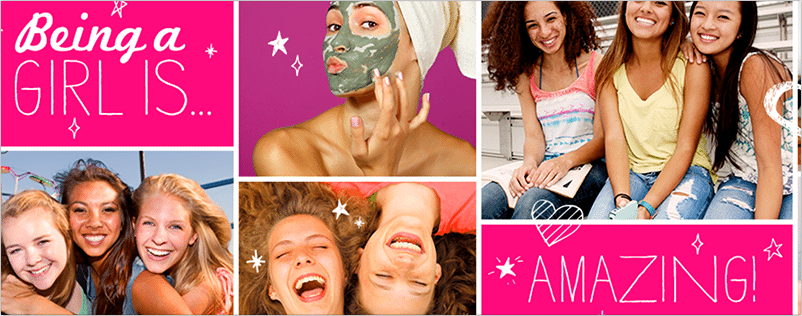
For young teenage girls, topical issues bordering on menstruation, dating, etc., may be quite awkward to discuss, young girls often face difficulties finding answers to some complicated questions.
Procter and Gamble identified the need to create BeingGirl, a resource community formed where young girls discuss and find expert opinions on topics including, romance, dating, and menstruation, among others.
With a huge presence in up to 50 countries, BeingGirl helped Procter and Gamble gain increasing customer loyalty that may last a lifetime.
#3 Beauty Talk (Sephora)
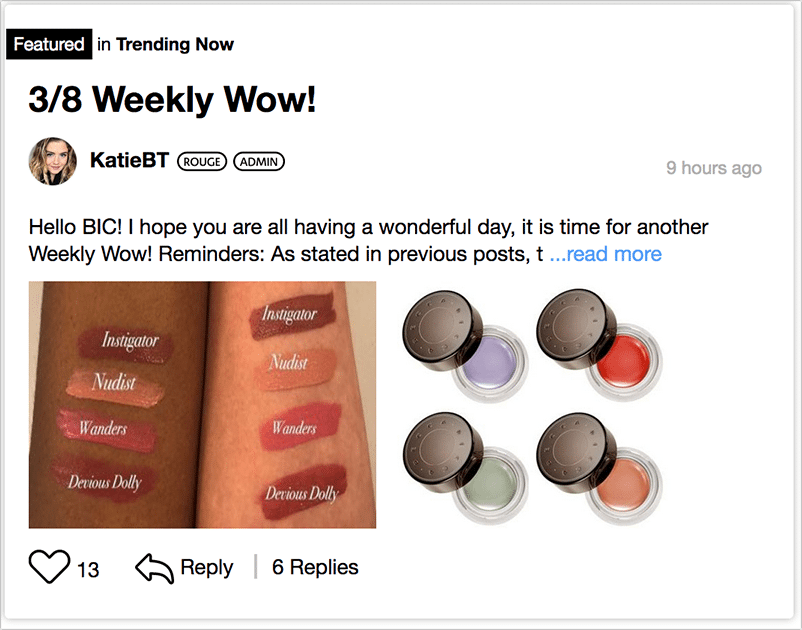
In the world of beauty, people always have ideas, tips, and even questions to share. In Beauty Talk, Sephora has been able to build a platform for beauty fans to voice their beauty challenges and have them solved by other enthusiasts. The community is incredibly interactive, allowing beauty enthusiasts to engage in a personalized manner.
One significant reason why the community has been a huge success is the availability of a search query bar. With that, customers can search for products and get all the necessary information they need to make a decision to buy the products or not. Sephora now has several brand ambassadors spread across the world, and they don’t even have to pay them – thanks to Beauty Talk!
#4 PlayStation Community (Sony)

The PlayStation Community is an amazing platform for dedicated gamers to meet and interact. This idea has even become more popular in recent times due to the wide acceptance of the online gaming community. The PlayStation Community allows gamers to interact according to their interests. Also, there’s the competition element that allows users to be rewarded in the form of “Trophies” and “Points” in recognition of their accomplishments.
With a blend of competition, entertainment, and discussion, the PlayStation Community is constantly helping Sony add value to their company and build a long-lasting brand awareness.
#5 Designer Corner (Cocoweb)
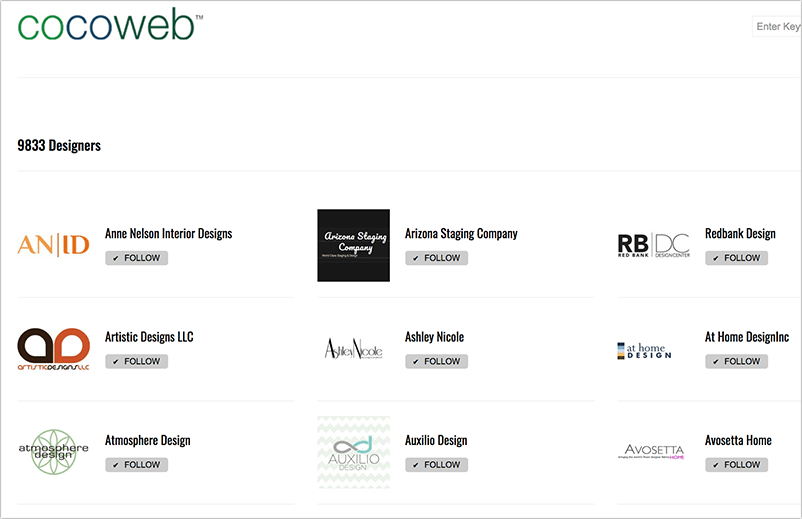
The national LED lighting manufacturer Cocoweb is a great example of helping its customers grow. Realizing that part of its revenue relies on the B2B sector, Cocoweb decided to launch a community of designers to offer them a place where they can promote their services and build leads. This way Cocoweb is building loyalty and encouraging customers to stick around and even invite their friends to the site.
Designers are encouraged to share their own projects and notes. Each designer page offers a good glimpse into the company, reviews, and projects. Community members can follow each other and help each other grow.
#6 Lego Ideas (Lego)
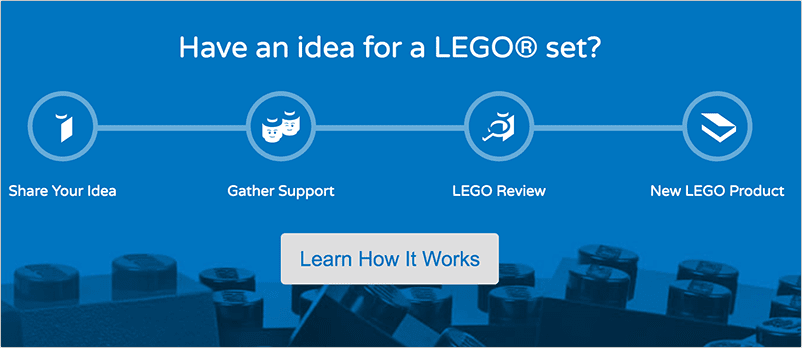
Lego Ideas is a community for Lego fans which allows them to find and submit toy ideas for designs. All enthusiastic customers of the brand between ages 5 and 95 are free to review proposals, vote for their preferred ones, leave feedbacks and even submit their own personalized design ideas. As a form of reward, the brand pushes the most popular designs into the market and even compensate the user (designer) with a share of the product sales. How cool!
Lego Ideas is such an enticing brand community, and Lego has been able to keep users interested in their products through the fantastic offers they provide.
#7 Made Unboxed (Made)
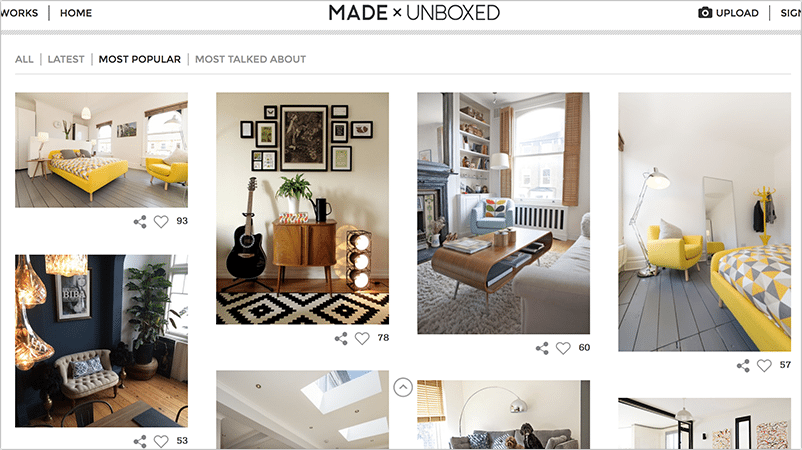
Made Unboxed is an innovative community established by the giant furniture retail company, Made. The community is an avenue for undecided buyers of the brand’s products to meet with previous customers to see what Made furniture really look like. These customers also get to share ideas, experiences, and thoughts among themselves.
Not many people have time to visit the showroom before buying their furniture. But with Made Unboxed, prospective customers can have an unbiased review of the brand’s products before they purchase them.
How to Build a Community for Your Brand
So is this community building only for big brands with huge budgets?
No! There are many free ways to set up interactive activities for free. There are so many resources available to help you build a community on a budget.
In a generation where customers want to be able to trust what they buy and whom they buy from, providing them with a brand community where they can easily relate to one another may be the smartest of marketing strategies. Now is the time to make your brand more customer-centric.









